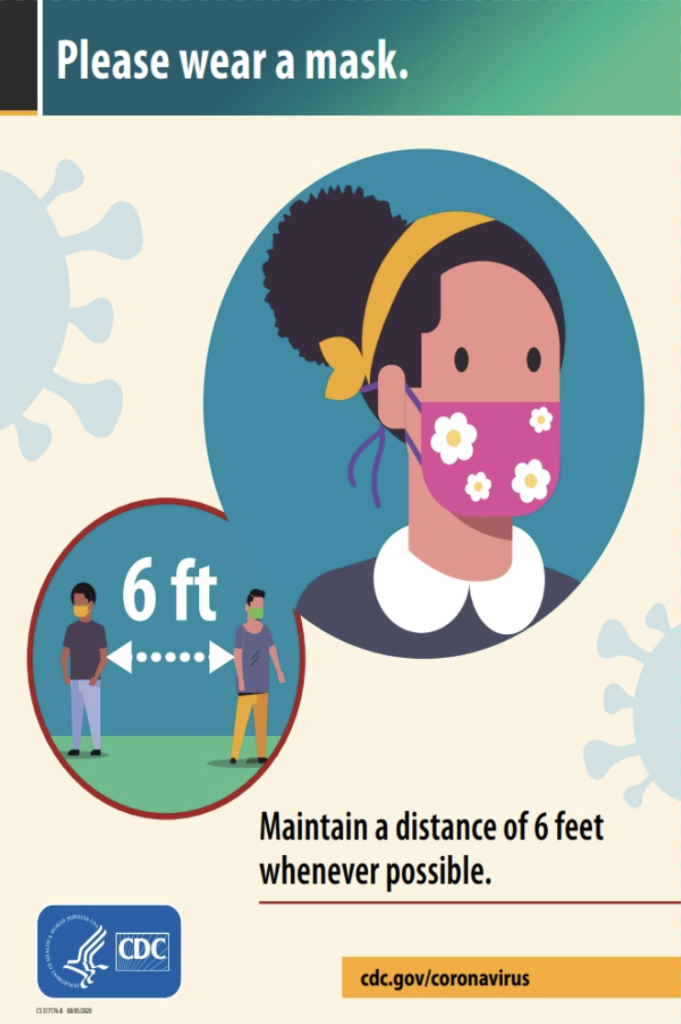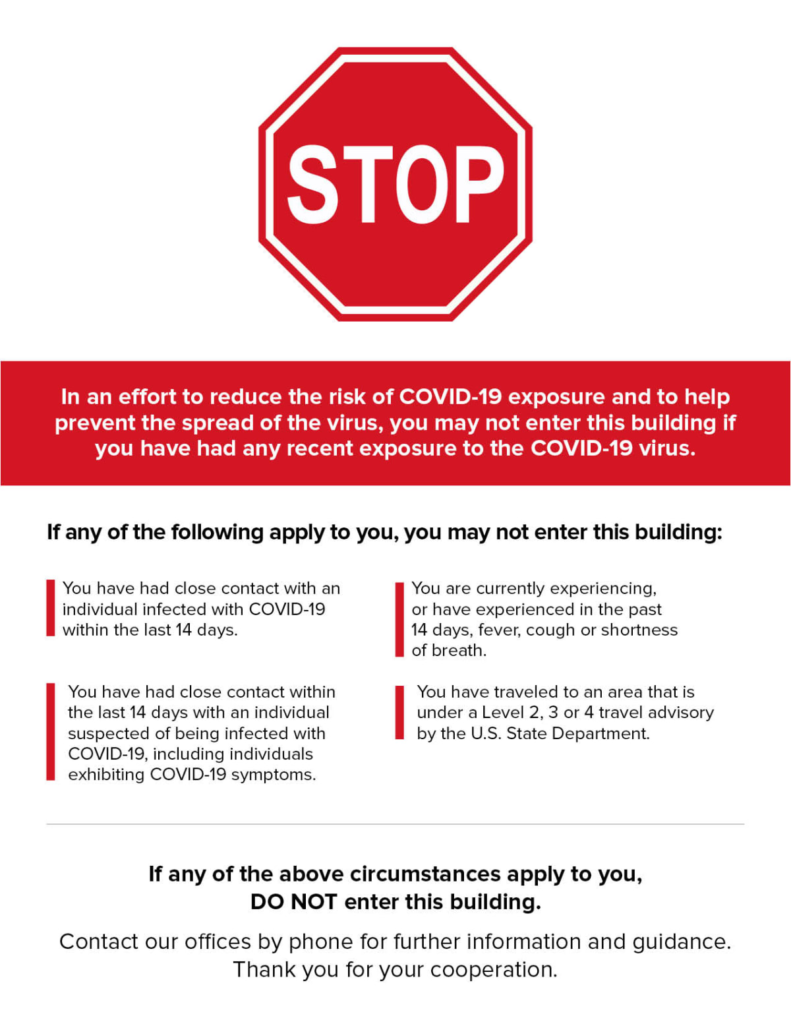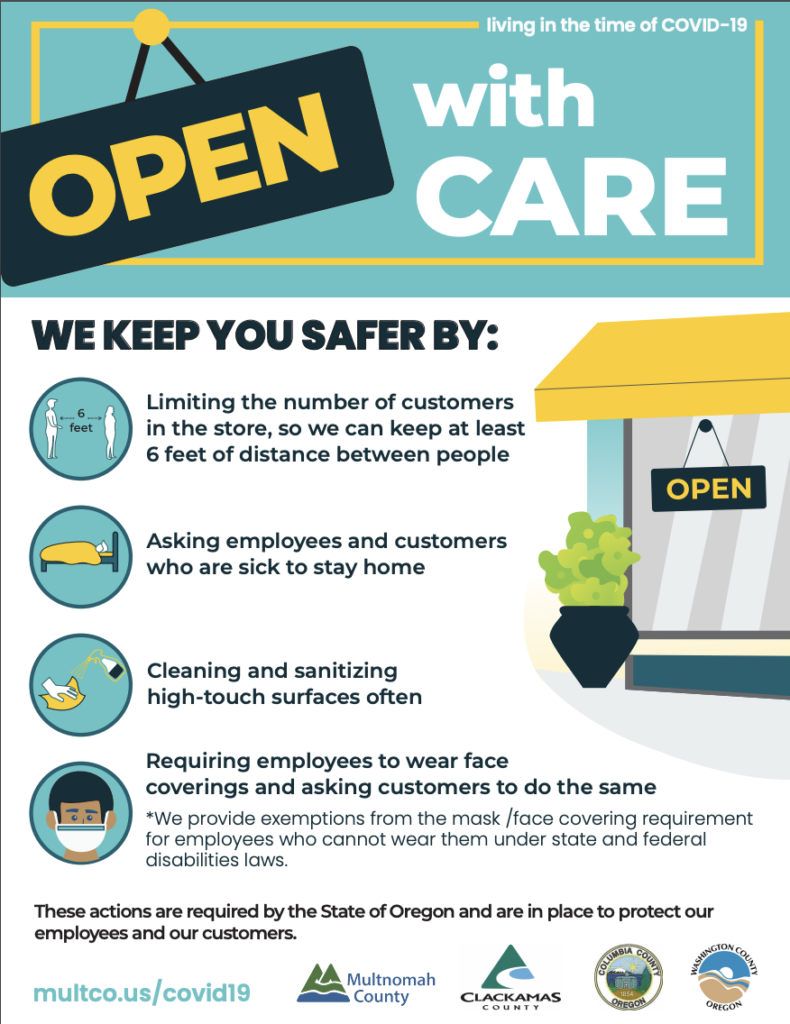Guide: How to Reopen a Small Business Safely

Small businesses are the heart and soul of the economy, and sadly many have felt a large hit from the financial repercussions of COVID-19. Because of this, many small businesses are eager to reopen their doors and tons already have. To reopen a small business, it is essential to be fully prepared and continue adapting, as the environment is changing daily.
Even though COVID-19 regulations seem to be loosening in some areas, the situation could turn worse overnight. Throughout July, much of the country began plans to reopen, but by August, those plans quickly started reversing. In mid-September, 20 states were either reversing or pausing reopening plans, and this constant change can be confusing to navigate for a small business owner.
To reopen a small business, business owners have not only staff safety to keep in mind, but also customer safety and overall public health concerns. When a staff member is exposed, the next thing you know—they are quickly spreading the virus to other customers and employees. Luckily there are many things business owners can do to lower the risks.
Precautions to take to reopen a small business during COVID-19
All businesses need to establish some rules for both staff and patrons: limiting the amount of traffic in the building, rearranging the space to limit proximity to others, and enacting general health & safety protocols.
Keep your local and state-level guidelines in mind when choosing how you will operate your business and remember to always verify your business’ practices with your state and local restrictions. You can find links to your state government’s homepage and departments through usa.gov and irs.gov. Visit your city or county’s website for more information on local regulations.
Enforce health safeguards for both staff and patrons
The ongoing pandemic will warrant small businesses to continue to re-address the topic of health safeguards as the situation changes. For now, small businesses should definitely enforce mask use for employees and customers at all times, per the CDC recommendation. If your business falls under Occupational Health and Safety Administration’s general requirements for employee PPE use, continue to adhere to those more intensive practices.
Another appropriate action to take is to conduct daily health checks (e.g., temperature screening and/or or symptom checking) of staff safely and respectfully. For this, consider purchasing an infrared thermometer. If you offer a more hands-on service at your small business or you just want to be cautious, you could do the same temperature check and quick screening questions for your customers.
Limit the number of people in the space at the same time
To determine your building’s maximum occupancy, the U.S. Fire Administration recommends to “simply calculate the area of a circle with a radius of 6 feet, which is equal to approximately 113 square feet per person.” Then, use this as a basic guide in accordance with your business’ square footage, design, and layout.
Rearrange & adapt spaces (both break areas and store space)
- Rearrange the line for the register to an area that least interferes with the flow of traffic, while allowing enough space in the line for 6 foot social distancing.
- If you have a smaller space, take the payment line outside to the sidewalk.
- Protect staff by rearranging the break room to comply with social distancing.
- Provide physical guides, such as stickers or tape on floors or sidewalks and signage, to show the flow of traffic within the space. This will lessen the amount of times people cross paths, whether it be customers finding their seat or employees moving about the building.
- If your business operates within the eCommerce space, promote the option to purchase online and pick up in store.
- Ensure that ventilation systems operate properly and increase circulation of outdoor air, for example, through opening windows and doors.
Limit the spread of germs
- Avoid sharing items among customers, such as receipt trays or pens, without thoroughly disinfecting first. Designate a pile of clean pens for customers and a specific spot to put used pens after.
- Install no-touch trash cans and doors.
- Place hand sanitizer dispensers at the entrance of the store and at registers, and ensure customers sanitize before entering the store.
- Use contactless payment as much as possible. Cash and even credit cards can be very conducive to the spreading of germs and disease. According to a 2017 study conducted in New York City, researchers found microorganisms living on the surface of cash, ranging from mouth and vaginal bacteria to flu-like viruses. eTip can help eliminate this problem by allowing customers to tip your employees through QR codes.
- Encourage customers not to touch product displays.
Tips for keeping your small business clean & sanitized
On top of reducing social contact between people, to reopen a small business it is essential to public health to maintain hygienic practices. The following are cleaning tips that the Center for Disease Control (CDC) shared:
- Clean commonly shared surfaces between each use like payment terminals and countertops.
- Clean commonly touched items like displays and tables daily.
- Clean these areas every hour: doorknobs, toilets, tables, light switches, phones, faucets, sinks, keyboards, etc.
- For cleaning products, use ones that are appropriate for each surface and meet EPA & CDC disinfection guidelines. Make sure the disinfectant remains on the surface for the recommended amount of time by the manufacturer.
- Create a disinfection routine that incorporates the above steps and train staff on proper cleaning procedures.
- When handling trash, use gloves at all times. Wash hands thoroughly after removing gloves.
Educating your small business’ staff about reopening
To operate in the current environment and reopen a small business, it is quintessential that staff is on the same page. If an employee contracts COVID-19 and continues to come to work, they are endangering their fellow employees, patrons, and the business’ image. Knowing this, it is crucial to lower the risks as much as possible for employees and customers, as well as enacting strict rules for employees coming to work. You may want to have employees complete a checklist before each shift that includes the following topics:
- Enforce that all employees who are returning to work after travelling get tested for COVID-19 first.
- Designate a staff person for each shift to be responsible for responding to COVID-19 concerns. All staff members need to know who this person is and how to contact them.
- Encourage staff to report if anyone close to them (friends, family, roommate, etc.) has tested positive for COVID-19, and set a prerequisite that they must get tested before coming back to work.
Educating your customers about reopening
- Utilize signage to educate customers of ways to reduce risk
- “Do not enter if you have shown the following symptoms…”
- “Masks are required to enter this establishment”
- Show rules of the business publicly: (and be sure to post any changes to avoid mishaps)
- Spread awareness of your business’ rules through:
- Social media
- Website
- Signage
- Spread awareness of your business’ rules through:

Source: Office Depot

Source: SHRM

Source: Multnomah County COVID flyers
Financial resources for small businesses
If your small business has taken a significant hit to revenue because of COVID-19, you may need financing to keep up with expenses. Consider these federal and state options available for small businesses:
- State financial aid resources
- Disaster assistance loans from the U.S. Small Business Administration
- Employee retention tax credit (CARES Act)
Conclusion
During these unprecedented times, the right answers might not always be clear for small businesses. Because of the ever-changing environment, business owners and staff need to be flexible in their accommodations, agile in responding to new developments with COVID-19, and proactive in planning for the future. If small business owners follow these guidelines and stay prepared and alert, businesses will be a safer and more enjoyable atmosphere for staff and patrons alike.
Join the eTip community!
We'll send the latest content & special releases directly to your inbox.
Ready to join the community?
Receive the latest & greatest content from eTip, sent directly to your preferred inbox!